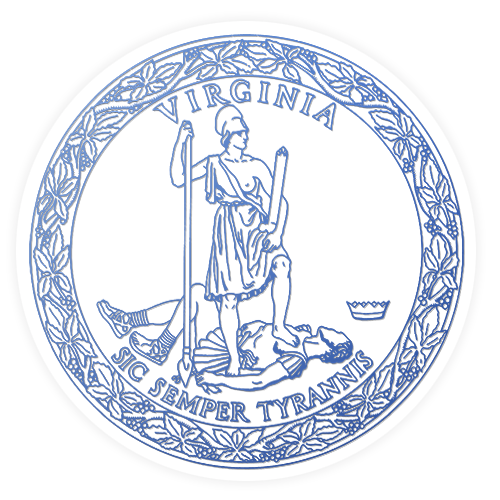
RICHMOND—Governor Ralph Northam today announced the results of an independent evaluation, which demonstrate that the state investment in mixed delivery approaches are increasing access to early education programs and improving learning outcomes for at-risk children. Those enrolled in programs funded by Virginia’s Mixed-Delivery Preschool Grant initiative are achieving student performance outcomes that meet or exceed typical outcomes for children of the same age and are equivalent to outcomes from Virginia Preschool Initiative (VPI) classrooms.
“The positive outcomes detailed in this evaluation make clear that mixed delivery models have tremendous benefits and offer high-quality, affordable early childhood education options for Virginia children and families, especially those who are most vulnerable,” said Governor Northam. “As a Commonwealth, we can make no better investment than providing our youngest Virginians with skills they need to enter kindergarten ready for success. These pilot programs represent important opportunities to expand access to critical early learning programs with innovative community-based partnerships.”
The Virginia Early Childhood Foundation has administered the Mixed-Delivery Preschool Fund Program in consultation with the Virginia Department of Education since 2016. Through this initiative, local communities are awarded grants to test innovative strategies to increase the number of publicly funded pre-K slots in private care centers. Governor Northam announced the third and fourth rounds of grantees in December 2018 and June 2019, respectively.
“The results from the evaluation shed light on key questions that the Joint Subcommittee on VPI considers instructive for Virginia’s preschool services and systems,” said Senator Emmett Hanger, co-chair of the Joint Subcommittee on VPI. “Recognizing the potential of partnership among schools and private child care programs will help Virginia maximize the reach of quality school readiness services for at-risk children in Virginia. Mixed delivery programs help ensure vibrant preschool programs are more accessible in rural and urban settings.”
Mixed delivery models offer publicly funded preschool services in both public schools and private child care centers, providing families with year-round care and flexible hours that align with work schedules and are responsive to their needs. This flexibility helps reach the most at-risk children by reducing barriers in transportation, scheduling, and cost.
“The evaluation affirms that mixed delivery is a viable solution that can increase access to high-quality early learning and meet the needs of working families,” said Delegate Luke Torian, member of the Joint Subcommittee on VPI.
In July, Governor Northam signed Executive Directive Four, which establishes the Executive Leadership Team on School Readiness that will be responsible for making recommendations to unify and strengthen Virginia’s early childhood system, including developing a plan to expand access to early education for all at-risk three- and four-year-olds by 2025.
The results of the evaluation of the first two cohorts (2016-18 and 2017-19) of Mixed Delivery pilots by School Readiness Consulting, a research firm in the Washington, D.C.-area, indicate that mixed delivery approaches hold great promise as Virginia explores equitable, effective, and sustainable strategies to provide a strong start for children prior to entering kindergarten.
Key findings from the report include:
The Executive Summary and Full Report of this comprehensive evaluation, as well as additional information about the Mixed-Delivery Preschool Grant initiative can be found here.
# # #